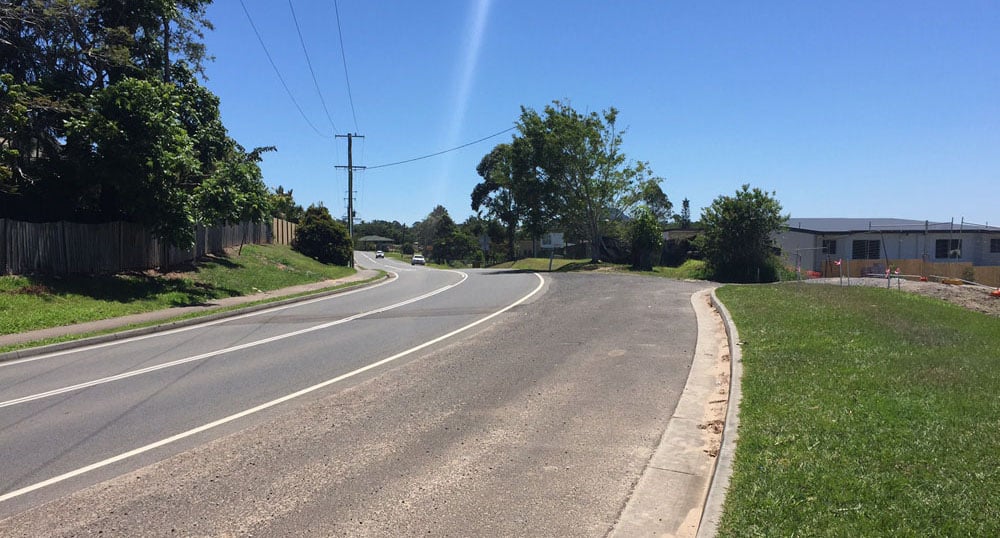The application of pavement widening is typically limited to localised intersection turnouts, parking lanes and extension of shoulders.
However, there are also instances where structural pavement widening is required to extend the width of the existing running lanes or to facilitate additional running lanes.
Whilst a fairly simple concept, the design and construction of pavement widening are not to be blanketed with that of greenfield construction particularly with consideration to the nature of the existing pavement and construction under traffic.


From a design perspective, homogeneity across the pavement cross-section is critical to promote similar stiffness and support characteristics, however this can be difficult to design for using current principles for the reasons of:
- The existing pavement material may not be compliant to current specifications and in turn may not perform in a similar nature through wet/dry loading cycles
- The existing pavement material is likely to have a much higher relative compaction from cyclic wheel loading
- The nominated design subgrade CBR for the widening may be lower than that of the existing pavement given the likelihood of pneumatic conditioning of the existing subgrade under extended traffic
- The traffic loading may have increased since the date of the construction of the existing pavement, resulting in an increased pavement thickness
When considering these factors and using the Austroads Mechanistic design process, the widening is likely to require a pavement thickness far in excess of the existing pavement of which can inherently lead to issues, particularly if the widening is on superelevation where there is potential for water to be trapped at the joint.
Are environmental regulations, health and safety concerns or potential profit loss a concern right now?
In addition to these design considerations, the contractor must consider the following during construction:
- The available working widths and the maximum layer thickness that can be placed using the available equipment to ensure compaction is met (i.e. if the proposed widening is 1200mm, there may be concerns for differential compaction, particularly if the layer thicknesses are considered excessive)
- The likelihood of loss of compaction at the pavement widening joint when the existing pavement is cutback
- The requirement for keying or benching of the new pavement to reduce the likelihood of a crack developing at the joint
- The use of subsoil drainage at the joint with a suitable backfill material to reduce the likelihood of ‘sumping’ and shape-loss at the joint
Whilst the risk may vary depending on site conditions, it is emphasised that pavement widening should not be disregarded as a non-engineered solution.
For more information on Global Road Technology or Design and Construction Considerations please contact us: https://globalroadtechnology.com/contact-us/
